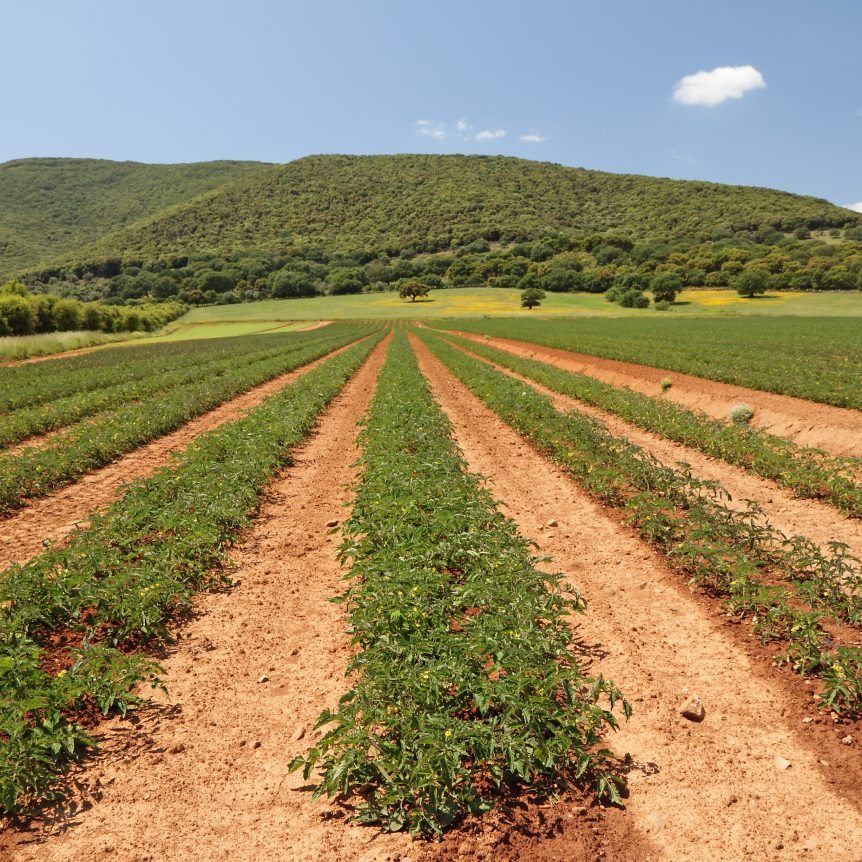Researchers are continuing their work on a series of mechanical weeding trials in fields of processing tomatoes. The project is being made possible by support from the California Tomato Research Institute. The field trials are comparing the efficacy of automated and mechanical cultivators to control weeds in processing tomatoes. “Ideally, we’re hoping to demonstrate the benefits, challenges, and costs of using these cultivators to supplement herbicides and reduce hand-weeding costs for processing tomatoes in the Central Valley,” said Amber Vinchesi-Vahl, Vegetable Crops Advisor based in Colusa working on the project.
Vegetable Crop Advisor, Scott Stoddard is also working on similar trials in Merced County as part of the project. Amber Vinchesi-Vahl explained that she has been working with growers on nine plots comparing control fields to those who have been using mechanical and automated weeders. There has been a fairly wide range of results thus far in the project. “We had a lot of variation within plots for the treatments. For example, the Robovator yields ranged all over the place, same with the finger weeder and the controls. We have a lot of yield variation,” Vinchesi-Vahl noted.
The mechanical weeding equipment is being pulled behind tractors addressing in-row weeds. The finger weeder has interlocking fingers that pull weeds from the plant row. The automated weeder is more technologically advanced, recognizing the difference between weeds and plants opening and closing its blades accordingly. The weeders can vary in how they are fabricated with Vinchesi-Vahl explaining that the growers she’s working with are using a five-bed finger weeder.
Although the variation has been substantial in the mechanical weeding trials thus far, most of the results have been higher rather than lower. Amber Vinchesi-Vahl described the weed control variation for the finger weeder as ranging between 28 percent and 87 percent, and between 62 percent and 79 percent for the Robovator. “It’s possible that the one plot with the finger weeder – where we only had 28 percent weed control – that particular area of the field had significant bindweed and that’s something that’s very difficult for cultivators to pull up,” Amber Vinchesi-Vahl explained.
In Colusa County, multiple growers have begun purchasing finger weeders and have been reporting success with their implementation. The automated weeders still remain significantly more expensive. It is still early on in the overall project, so more data will be collected to add to the mechanical weeding trials. “We’ll analyze the costs associated and hopefully come up with some suggestions and recommendations,” said Amber Vinchesi-Vahl.
Listen to the interview below.











